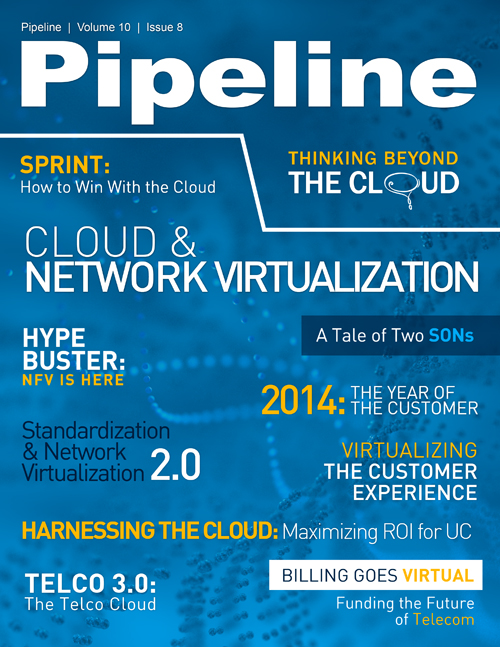Funding the Future of Telecommunications with Next-Gen Automation
Putting autonomics to work in the CSP realm
As an example of what autonomics can help CSPs achieve, let’s take a look at service assurance, which is arguably the most important business outcome for a CSP. Wireless subscribers have extremely high expectations for network availability, particularly when it comes to mobile service, and autonomics can ensure those expectations are met. Take voice and video calls: by leveraging autonomics, CSPs can better monitor the status of a line – either a private circuit or a wireless connection – and, as error rates increase, automatically assess the potential root causes of those issues. Then, based off that analysis, the autonomic system can actually correct the connectivity problem, as well as adjust relevant network settings and configurations to prevent that issue from reoccurring. This might involve, for example, rerouting mobile traffic over another circuit or adjusting the angle of cell towers to provide better coverage in a given area.
The entire process of diagnosis and correction is thus conducted at machine-speed, dynamically and in real-time – sometimes, in as little as a few minutes. What results is a problem avoidance scenario for CSPs, who are able to get in front of network issues before they occur, and deliver on the proactive stability expected by their customers.
In addition to connectivity issues, operating system upgrades – particularly across large networks – are another area where autonomics can be applied. For network service providers, regular OS upgrades are crucial to maintaining revision levels and mitigating risks from known bugs and security leaks. However, given the man effort associated with updating systems on such a large scale, those service providers often need to perform upgrades in phases, often via contract labor. Over the course of a year, the network is slowly upgraded, one segment at a time. This means that by the time the entire network is upgraded, a new OS release is already available, driving a vicious cycle of recurring labor costs year over year.
Autonomics can make this a much more fluid process, and can even manage network-wide upgrades without engineers’ involvement. By essentially learning to identify which version of an OS is running on a given device, the system can determine whether that device is a candidate for an upgrade. Post-diagnosis, it can automatically identify and schedule a maintenance window, request and confirm approval, and perform the end-to-end upgrade, including all change management activities, validation, documentation and ticketing. Improving the process even further, autonomic "virtual engineers" can work in parallel, rather than serially.
The end result is that CSPs can compress the timeline required for OS upgrades on each device, and full network upgrades can be completed in just under a month as opposed to an entire year. Plus, autonomics mitigates the need for contract labor, allowing CSPs to focus their resources on other more innovative investments.
Barriers to adoption
So, you may think, if autonomics is such a perfect solution, then why is network management still an issue for CSPs? Actually, I’ve noticed that the move to autonomics is less about applicability and, instead, more about overcoming engineers’ hesitancy to give up control. Many engineers have been running their pieces of CSPs’ networks for five or 10 or even 15 years, and believe that the complexity they deal with is so unique that no one else could possibly manage it, least of all a machine. That’s not to say they’re wrong – after all, they’ve seen attempts at automation eat up time and resources with intensive scripting and frequent updates. What may surprise many of these engineers, though, is that autonomics can easily learn the complexities of any network, from simple, fixed-line networks to more complex 4G/LTE networks, simply by mimicking what they have been doing and applying that to like situations. That doesn’t mean the engineers are out of a job, either. Given their in-depth knowledge of the network, they’ll be invaluable in innovating new services.
By introducing autonomics, CSPs can begin this transition from solely supporting legacy technologies to simultaneously funding new services and sectors, like bringing LTE to new markets or building up infrastructure to support machine-to-machine connectivity. With the ability to transfer capital to new and market-leading ventures like these, CSPs can step ahead of their competition and propel themselves to the forefront of the growing telecommunications market.



















